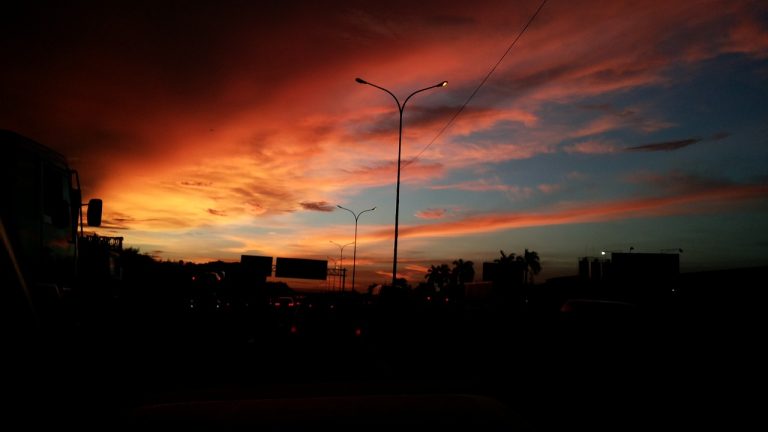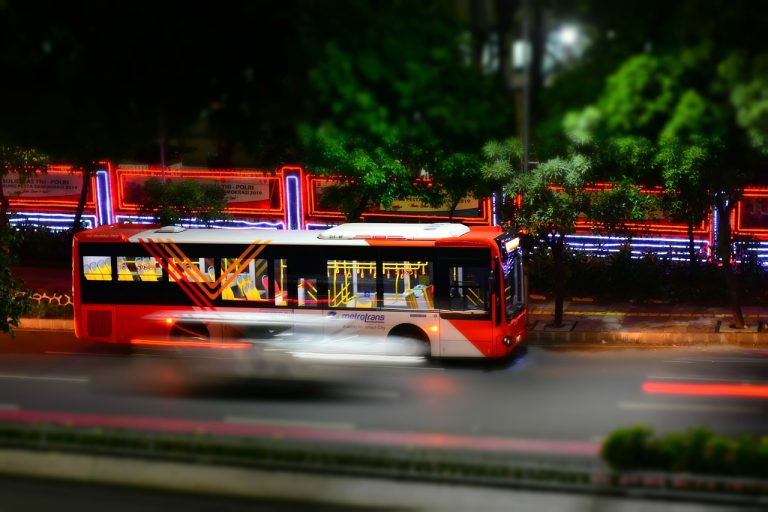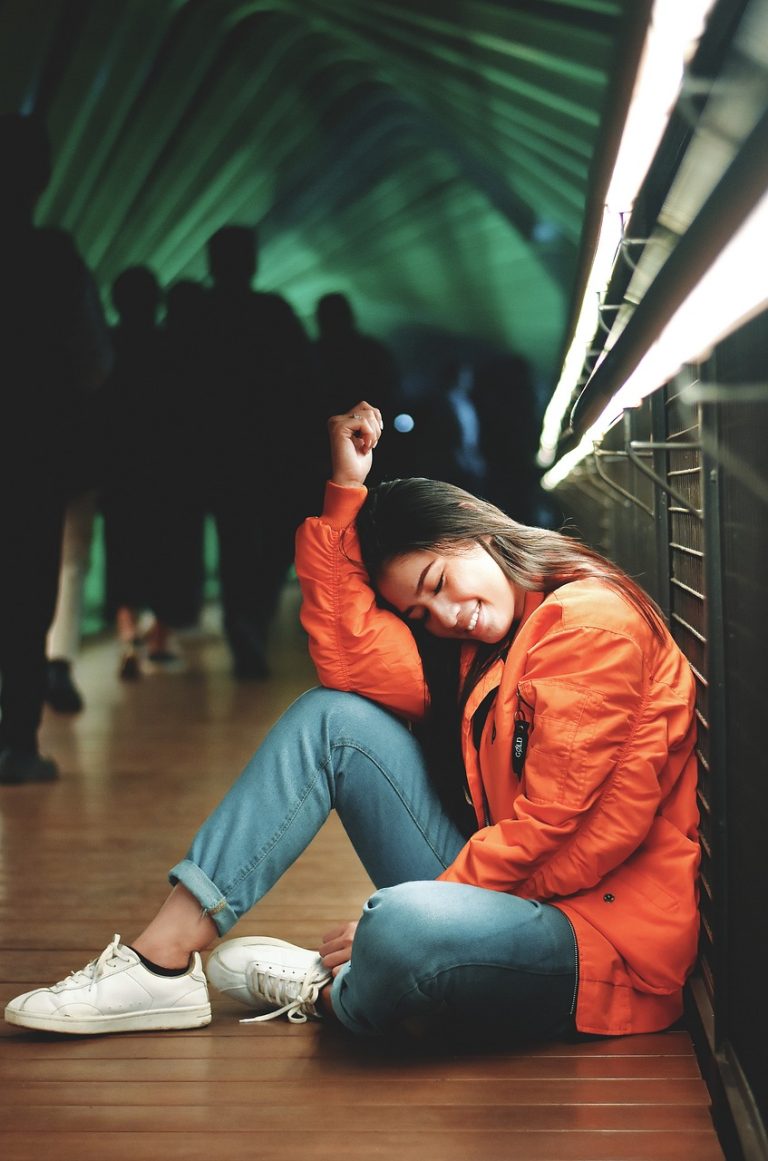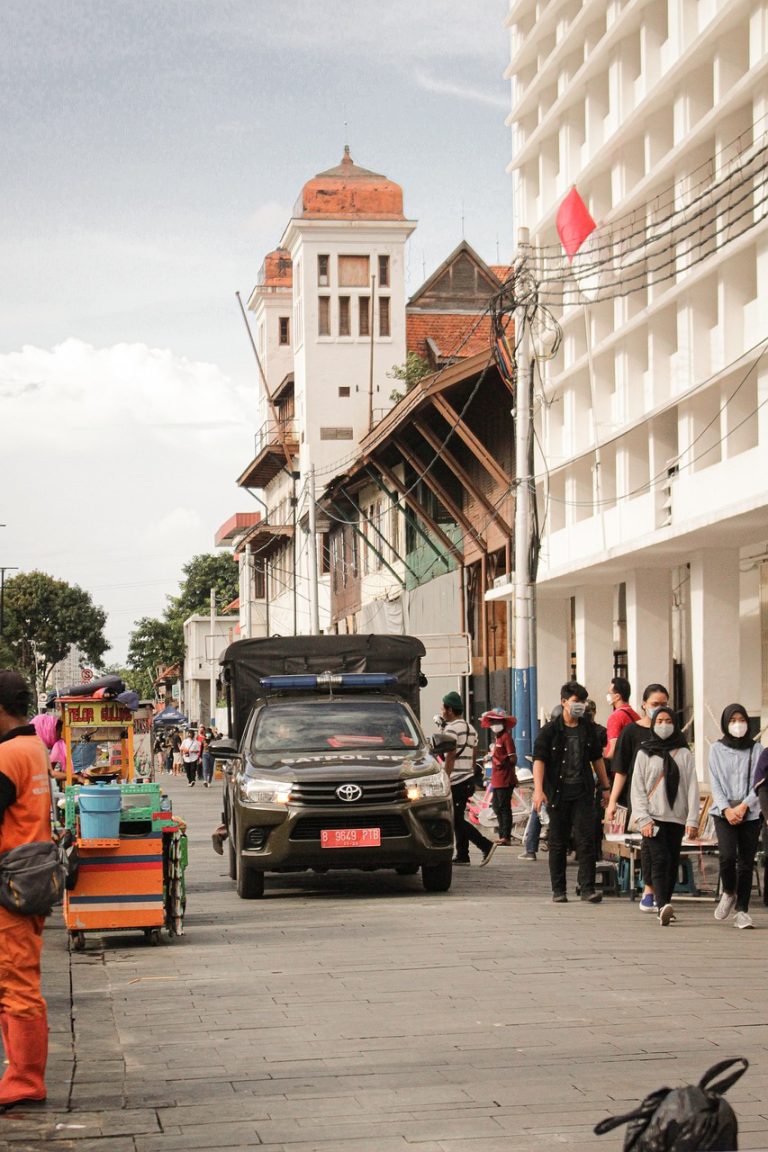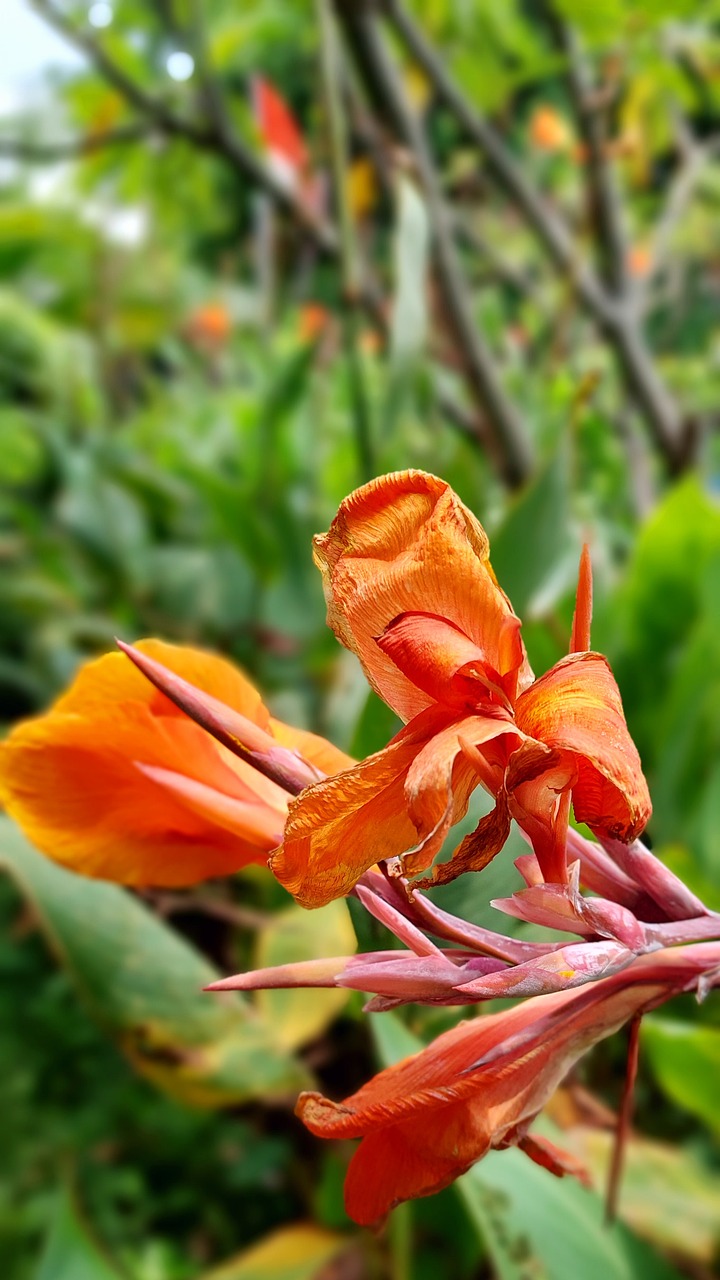Jakarta Indonesia Video
The Cultural Evolution of Jakarta Indonesia
Jakarta, the capital city of Indonesia, has a rich cultural heritage that has evolved over centuries. From its early beginnings as a small port town to its present-day status as a bustling metropolis, Jakarta has witnessed significant changes in its culture, traditions, and way of life. This article explores the cultural evolution of Jakarta, highlighting key aspects that have shaped the city’s identity.
Colonial Influences
- Architecture: Jakarta’s architecture bears the influence of its colonial past, particularly the Dutch colonial era. Prominent landmarks such as the Jakarta Cathedral and the Istiqlal Mosque showcase a blend of European and Indonesian architectural styles.
- Cuisine: The colonial period introduced new ingredients and cooking techniques to Jakarta’s culinary scene. Dishes like rijsttafel (rice table) and bitterballen (meatballs) have become part of the city’s diverse food culture.
- Language: The Dutch language had a significant impact on Jakarta’s linguistic landscape. Although Bahasa Indonesia is now the official language, traces of Dutch can still be found in certain expressions and loanwords.
Jakarta Indonesia Image 1: 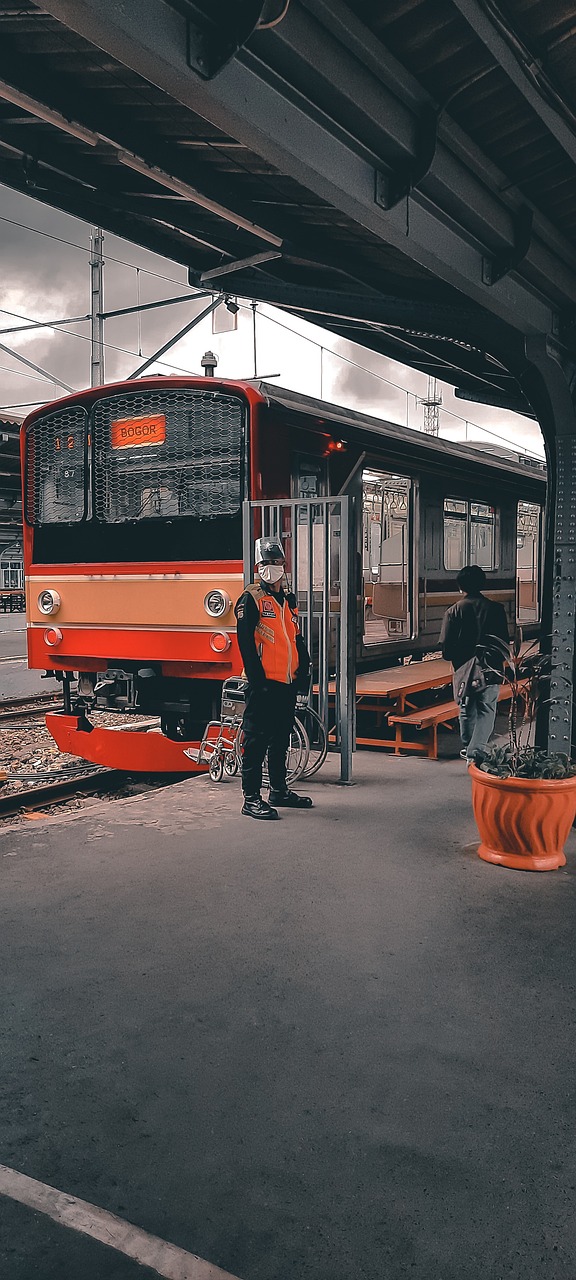
Traditional Arts and Performances
- Wayang: Wayang, the traditional Indonesian puppet theater, has been an integral part of Jakarta’s cultural scene for centuries. Performances feature intricately crafted puppets and tell stories from Hindu epics like the Mahabharata and Ramayana.
- Keroncong: Keroncong is a genre of Indonesian music that originated in the early 20th century. It blends Western instruments with traditional Indonesian melodies, creating a unique sound that is often associated with Jakarta’s cultural heritage.
- Betawi Dance: Betawi dance represents the indigenous culture of Jakarta’s native Betawi people. It combines graceful movements with vibrant costumes and is performed during various cultural celebrations and events.
Economic Growth and Urbanization
- Skyscrapers and Modern Architecture: Jakarta’s rapid economic growth has led to the construction of impressive skyscrapers and modern architectural marvels. Landmarks like the National Monument (Monas) and the Sudirman Central Business District showcase the city’s modernization.
- Shopping Malls: The rise of consumerism has transformed Jakarta into a shopping paradise. The city is home to numerous world-class malls, offering a wide range of international and local brands.
- Street Food Culture: Jakarta’s urbanization has also influenced its culinary landscape. Street food stalls selling popular dishes like nasi goreng (fried rice) and sate (grilled skewers) have become an integral part of the city’s food culture.
Jakarta Indonesia Image 2: 
Religious Diversity
- Mosques: Jakarta is home to numerous mosques, reflecting the city’s predominantly Muslim population. The Istiqlal Mosque, the largest mosque in Southeast Asia, stands as a symbol of religious tolerance and diversity.
- Temples: Jakarta also has a significant population of Chinese Indonesians, resulting in the presence of various temples dedicated to Chinese deities. The Dharma Bhakti Temple and the Jin De Yuan Temple are notable examples.
- Churches: Christianity has a strong presence in Jakarta, with churches of different denominations spread across the city. The Jakarta Cathedral, built in a neo-gothic style, is one of the most prominent Christian landmarks.
Art and Cultural Centers
- National Gallery of Indonesia: The National Gallery of Indonesia showcases a vast collection of Indonesian art, including traditional and contemporary works. It serves as a hub for artists and art enthusiasts, promoting cultural exchange and appreciation.
- Taman Ismail Marzuki: Taman Ismail Marzuki is a cultural complex that houses theaters, art galleries, and exhibition spaces. It hosts various performing arts events, concerts, and festivals, contributing to Jakarta’s vibrant cultural scene.
- Wayang Museum: The Wayang Museum is dedicated to preserving and promoting the art of wayang. It displays a vast collection of puppets and provides insights into the history and significance of this traditional art form.
Jakarta Indonesia Image 3: 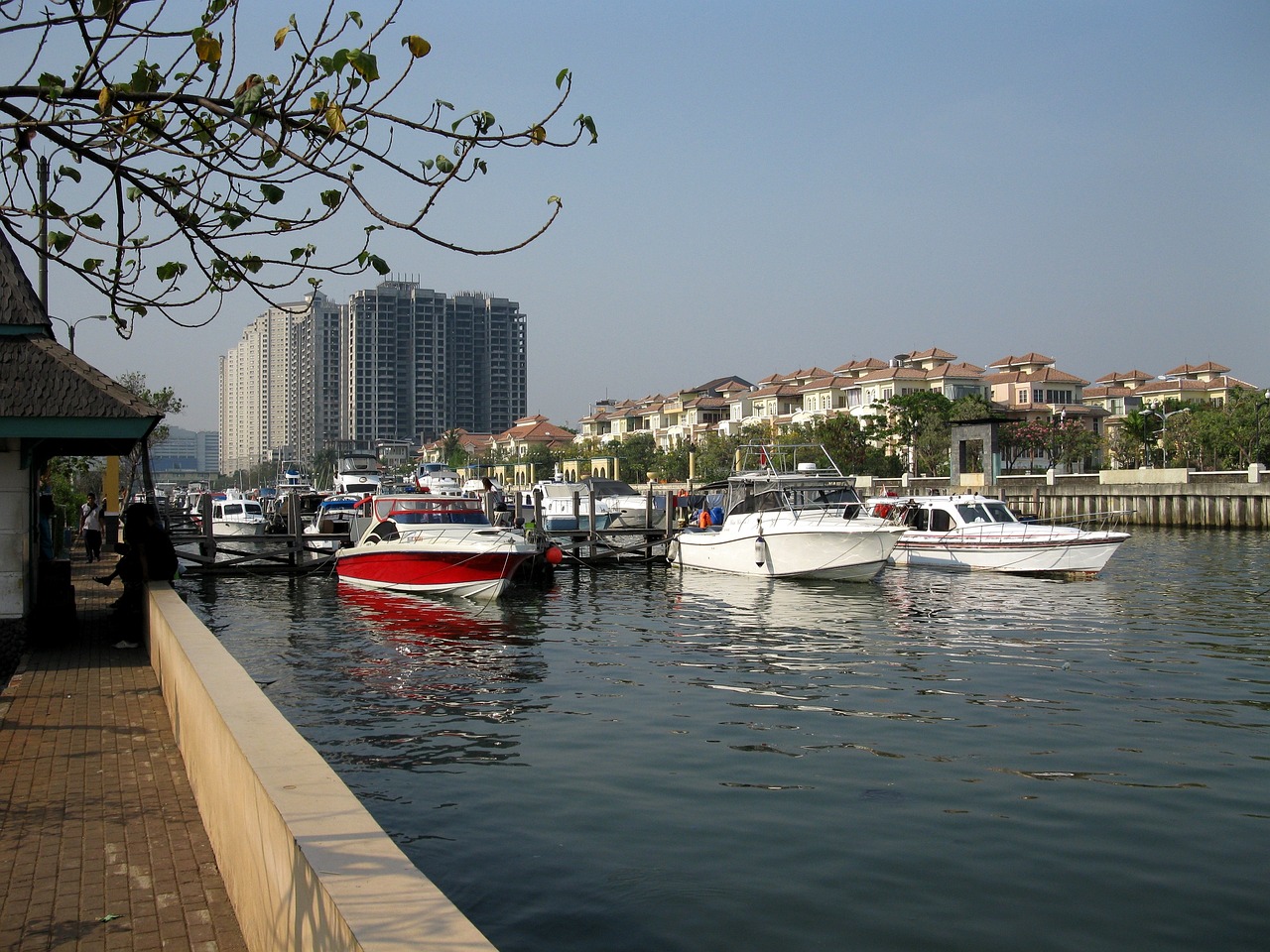
Green Spaces and Recreation
- Taman Mini Indonesia Indah: Taman Mini Indonesia Indah is a cultural and recreational park that showcases the diversity of Indonesia’s provinces. It features traditional architecture, museums, and gardens, offering visitors a glimpse into the country’s rich heritage.
- Ragunan Zoo: Ragunan Zoo is a popular attraction in Jakarta, home to a wide variety of animal species. The zoo provides educational programs and conservation efforts, making it a favorite destination for families and nature enthusiasts.
- Ancol Dreamland: Ancol Dreamland is a waterfront complex that offers a range of entertainment options, including amusement parks, beaches, and a marina. It is a popular recreational area for both locals and tourists.
Education and Intellectual Pursuits
- Universities: Jakarta is a hub for higher education, with several reputable universities offering diverse academic programs. University of Indonesia, Jakarta State University, and Binus University are among the top institutions in the city.
- National Library of Indonesia: The National Library of Indonesia is the largest library in Southeast Asia and houses a vast collection of books, manuscripts, and historical documents. It serves as a center for research and intellectual development.
- Museums: Jakarta boasts a range of museums dedicated to various disciplines, including history, art, and science. The National Museum, Museum Bank Indonesia, and Museum MACAN are notable institutions that contribute to intellectual pursuits.
Conclusion
Jakarta’s cultural evolution is a testament to the city’s dynamic history and diverse population. From colonial influences to modernization, Jakarta has embraced change while preserving its rich cultural heritage. The city’s fusion of traditions, languages, and religions creates a vibrant tapestry that continues to shape Jakarta’s identity. As Jakarta grows and develops, it remains a city that celebrates its past while looking towards the future.
References
- National Gallery of Indonesia: nationalgallery.co.id
- Taman Ismail Marzuki: timart.com
- Wayang Museum: museumwayang.com
- Taman Mini Indonesia Indah: tmii.co.id
- Ragunan Zoo: ragunanzoo.jakarta.go.id
- Ancol Dreamland: ancol.com
- University of Indonesia: ui.ac.id
- Jakarta State University: unj.ac.id
- Binus University: binus.ac.id
- National Library of Indonesia: perpusnas.go.id
- National Museum: museumnasional.or.id
- Museum Bank Indonesia: museum.bankindonesia.or.id
- Museum MACAN: museummacan.org



